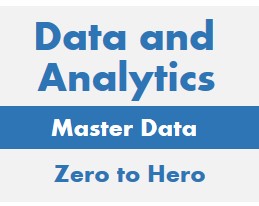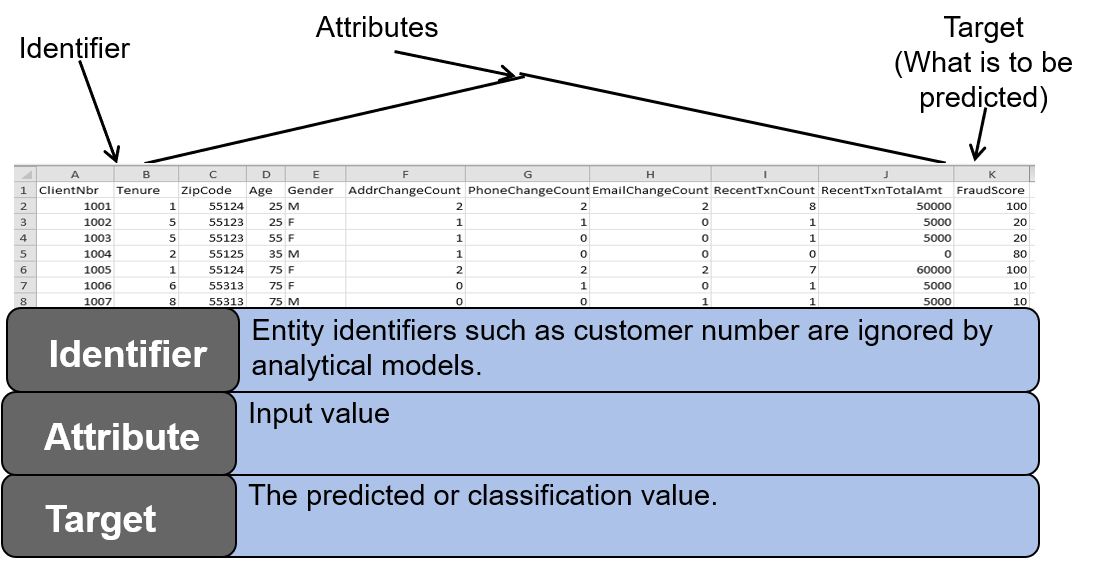


Databases that are organized into tables, rows and columns with relationships between tables are not the answer to every data challenge. DBAs may want to load or backup database tables. Data Engineers may want to move data from place to place using Data Pipelines. Data Analysts may want to visualize data using charts using a spreadsheet or BI tool. Data Scientists may want to train analytical models to make predictions or load data into a database for analysis. Data Publishers may want to make data available for download. The answer to these challenges in the humble flat file and flattened / denormalized data.
Flat Filesare plain text files stored in a file system, not a database. Flat files are collectons of records which in turn consist of fields which are single pieces of information. Files stored in spreadsheet format such as Excel are also often referred to as flat files. Terms related to flat files include:
Flattened / Denormalized Data is data where data from related database tables or flat file records are gathered into a single or reduced number of tables or records. This reverses the process of normalization where data is organized so that each fact is stored once - avoiding duplication. So why flatten or denormalize?

Check out these flat data related links:
Infogoal.com is organized to help you gain mastery.
Examples may be simplified to facilitate learning.
Content is reviewed for errors but is not warranted to be 100% correct.
In order to use this site, you must read and agree to the
terms of use, privacy policy and cookie policy.
Copyright 2006-2020 by Infogoal, LLC. All Rights Reserved.
